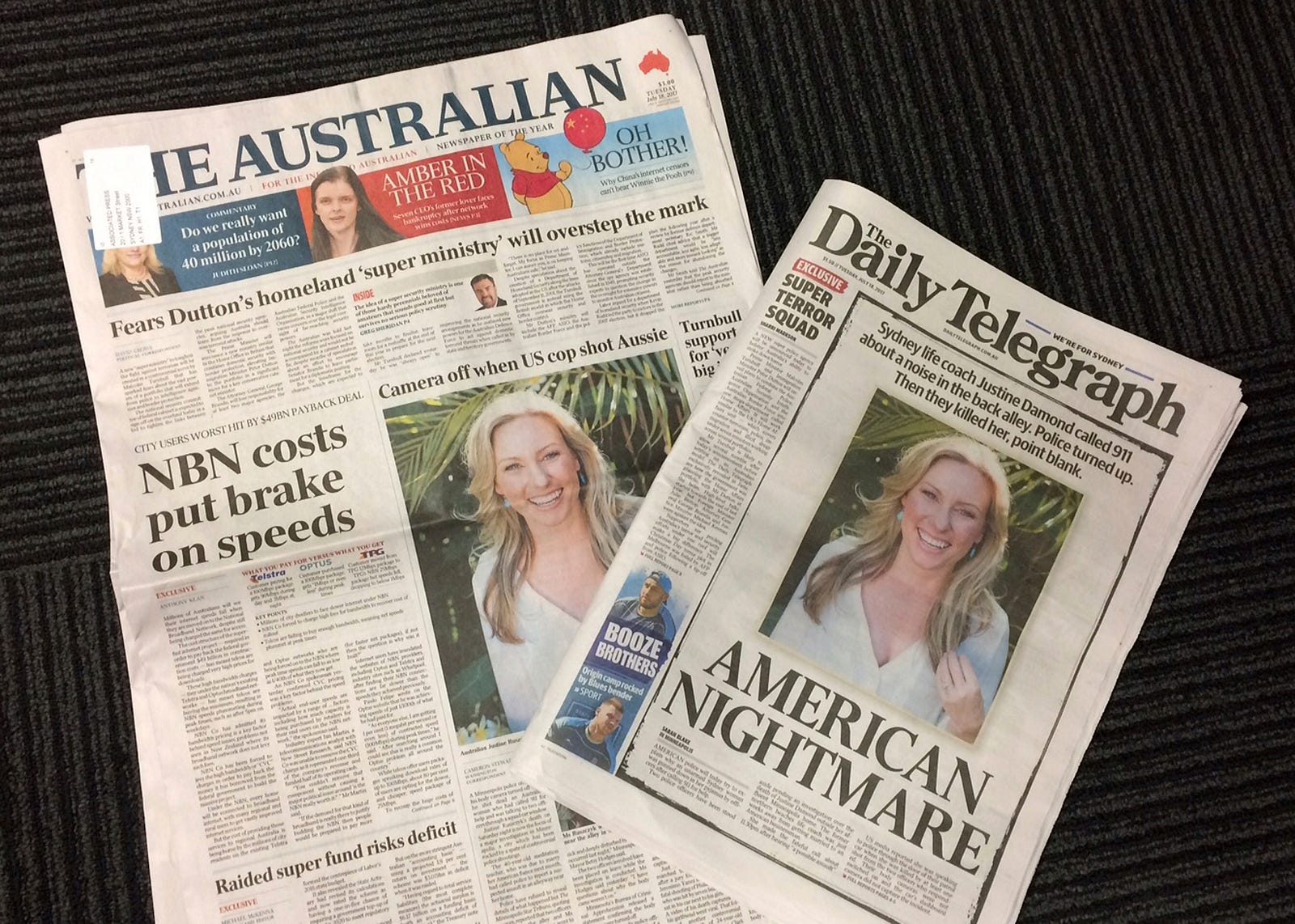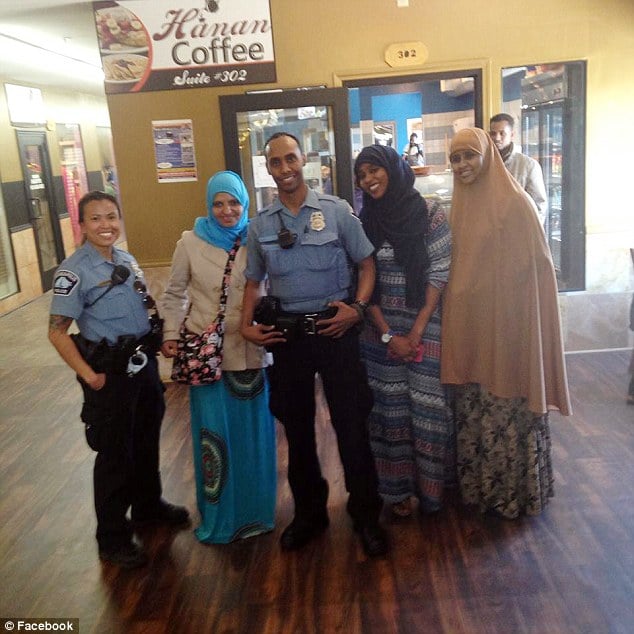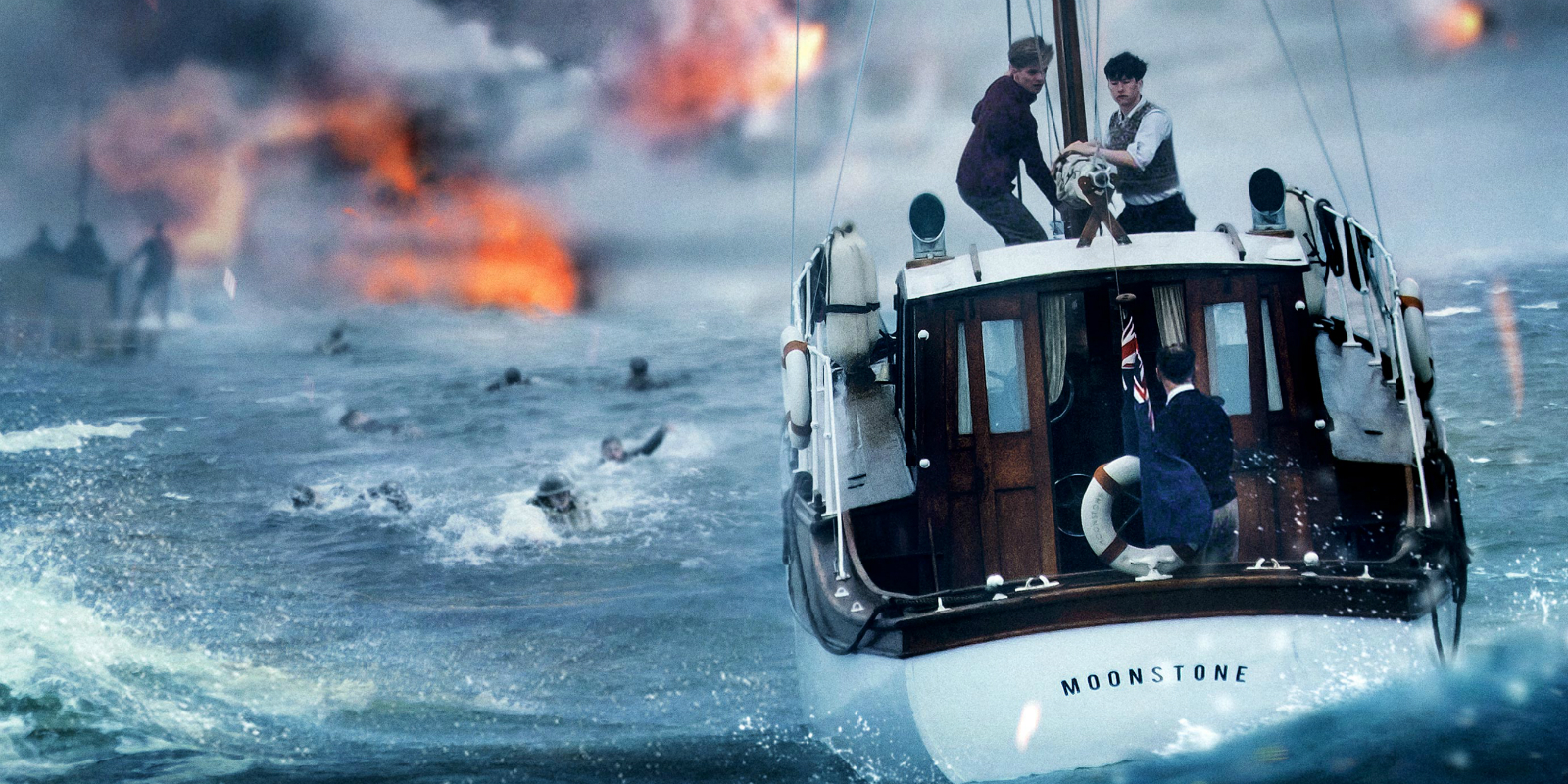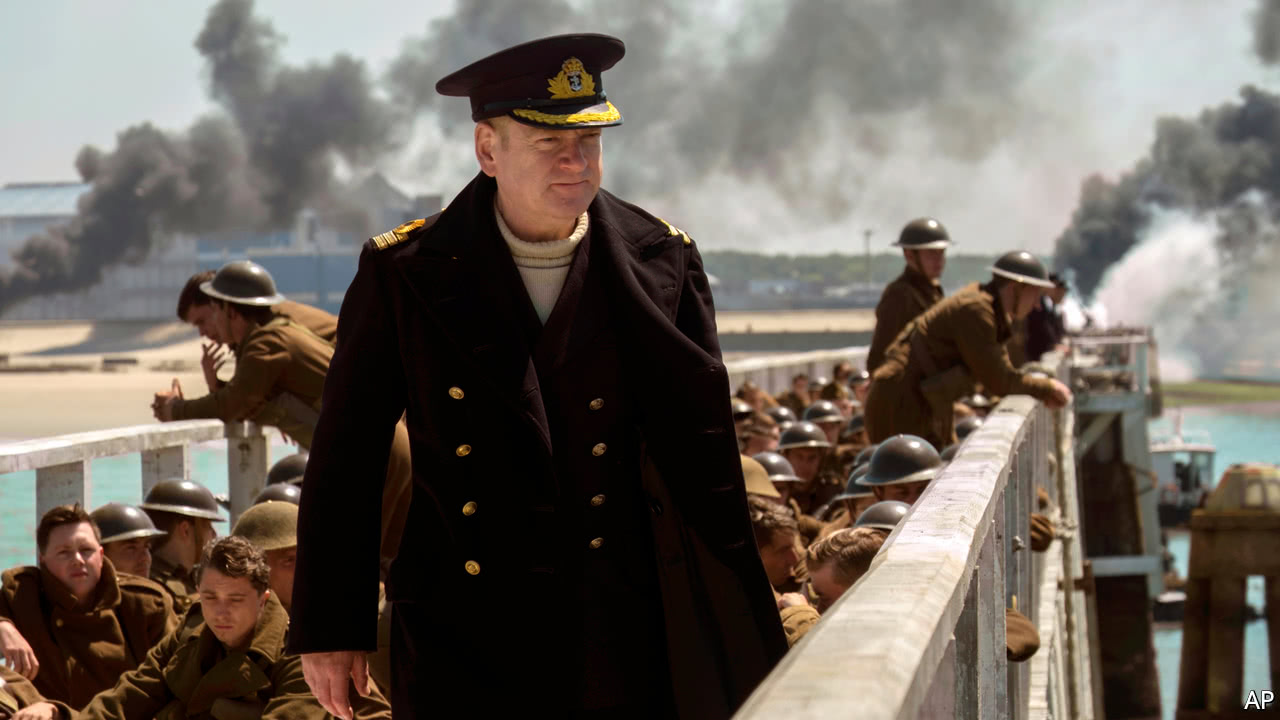By Mark Steyn
July 21, 2017

The Spanish health official Fernando Simon on Sept. 1, 2016 addressing a case of Crimean-Congo hemorrhagic fever at a hospital in Madrid. (Javier Lopez/European Pressphoto Agency)
The most important determination the media make is deciding what category a story falls into. For example, NPR recently ran a report asking the following:
How Did Crimean-Congo Hemorrhagic Fever Pop Up In Spain?
Oddly enough, despite the headline, the reporter doesn't seem that interested in answering the question. What follows is a public-health story:
The disease is a tick-borne, Ebola-like virus. Because it's a lesser-known illness, it is often misdiagnosed. So there aren't very good official statistics on the number of cases in many parts of the world.
It's normally found in North Africa, the Middle East and Central Asia. But in 2016, two cases cropped up in Spain.
Last September, a 62-year-old man in Madrid died after being bitten by a tick while walking in the Spanish countryside. Doctors determined he had contracted Crimean-Congo hemorrhagic fever, which causes headache, fever, nausea, bruising and bleeding. In severe cases, patients experience sharp mood swings and confusion as well as kidney deterioration or sudden liver failure.Up to a third of patients die, usually within two weeks of contracting the disease.
Oh, my. That's not good news for, say, all those Brit celebs who retire to the Costa. What could it be?
In a study published Wednesday in The New England Journal of Medicine, researchers speculate that the ticks carrying the virus sneaked into Europe by latching on to migrating birds from Morocco or imported livestock.
But migrating birds have been crossing the Mediterranean for millennia without bringing Crimean-Congo hemorrhagic fever with them. Go back to that sentence up above:
It's normally found in North Africa, the Middle East and Central Asia. But in 2016, two cases cropped up in Spain.
Hmm. 2016. Did anything happen round about then that was different? As opposed to things that are entirely unchanged, like bird migration patterns. Why, yes! Millions of "refugees" arrived in Europe from ...go on, take a wild guess: "North Africa, the Middle East and Central Asia". Could that possibly have anything to do with the appearance in Spain of a hitherto unknown disease?
Ryan Kennedy thinks so - because he writes for VDare, which is a website that focuses on immigration, so that it seems fairly obvious, if millions of people from the Third World walk unprocessed and unmonitored into First World countries, that pretty soon the First World countries will have Third World diseases. I speak as someone who, as a condition of moving to the United States, was required to be tested for tuberculosis, Aids and whatnot. But the strictures they impose on a Canadian apparently do not extend to Libyans and Gambians and Afghans.
So perhaps the migrating birds are blameless, and this public-health story is really one of migrating humans.

~Now consider a second story: A law-abiding unarmed woman makes the mistake of calling 911 and, when the responding officers arrive, they shoot her dead. The American media's reflex instinct is that this is an out-of-control murderous police-brutality story. To be sure, it's more helpful if the victim is black or Hispanic, but in this case she is female and an immigrant, albeit from Australia. And certainly Down Under the instinct of the press would also be to play this as an example of a country with a crazy gun culture and the bad things that happen when innocent foreigners make the mistake of going there, even to a peaceable, upscale neighborhood. Or in the shorthand of the Sydney Daily Telegraph front page:
AMERICAN NIGHTMARE
In both Oz and the US, the next stage of the story would be cherchez le cop - lots of reports of a redneck officer with a hair-trigger temper and various personal issues.
But there's a complicating factor. It's so complicating that The Washington Post finds itself running a 1,200-word story on the death of Justine Damond without a word about the copper who shot her - nothing about his background, record, habits, behavior. Not even his name.
Because his name is Mohamed Noor. As Tucker Carlson pointed out on Fox News the other night, the reason you know the officer's identity is significant is because the Post went to all that trouble not to mention it.
Mr Noor was born in Somalia, and these days, aside from being home to the fictional Lake Wobegon, Minnesota is also home to the all too real Little Mogadishu - mainly thanks to generous "family reunification" from a country that keeps no reliable family records. (Last year, I had a Somali minicab driver in London who was planning to move to Minneapolis "because my brother lives there. Well, he's not really my brother," he added cryptically.)
If you take seriously Sir Robert Peel's dictum that "the police are the public and the public are the police", then, if your town turns Somali, you're going to need some Somali policemen. And, just like Garrison Keillor's radio tales of old Minnesota, the new Minnesota also requires its heartwarming yarns. In the deft summation of Michele Bachmann (a favorite guest on The Mark Steyn Show) Officer Noor is an "affirmative-action hire by the hijab-wearing mayor of Minneapolis".
Mayor Hodges doesn't wear a hijab because she's Muslim (yet) but to show she's cool with it - and, if you're not, you're a bigot. Yes, it's a bit hot under the hood and it cramps your peripheral vision, but the new Minneapolis is all about embracing discomfort:
Running for re-election in November, Hodges said the city must embrace the discomfort of transformation, a theme of her campaign, and work tirelessly to create "One Minneapolis" that "works for everyone," and where everyone contributes to making the city work for everyone else.
She invoked the metaphor of the seed, breaking apart to make way for new life, to describe what's happening in Minnesota's largest city.
"Minneapolis, our shell is cracked. And from that will come the full flower of our potential, whatever we are destined to be," Hodges said. "To some, who can only see this moment, it may indeed look like complete destruction. In reality, it is transformation."
So don't worry, it may look like "complete destruction", but any moment now we'll be in full bloom. For her, the recruitment of Mohamed Noor, the ninth Somali officer on the force, is a good-news story, about the glories of "embracing the discomfort of transformation".
For others, including those on the receiving end of his ministrations, Mohamed Noor is a bad-news story. A few days before he shot Justine Damond, a complaint was filed in federal court by another Minneapolis woman, who also called 911 and claims she was assaulted by Noor. Disinclined to embrace her discomfort, she has instead sued.
Last year, I spoke to many Muslim police officers in France and Belgium. Not all of them were happy to speak back, but a lot of them did. To reprise Sir Robert, the police are the public and the public are the police. So a semi-Muslim public is entitled to a semi-Muslim constabulary. There are potential difficulties here. As I wrote in March 2016:
'A Belgian municipal security officer is facing dismissal after saying he would kill "each and every Jew" during a debate on Facebook this past Friday.'
That's some "debate".
'"The word Jew itself is dirty. If I were in Israel, frankly, I would do to the Jews what they do with the Palestinians — slaughter each and every one of them," wrote the officer, who was only referred to as Mohamed N. in Belgian media.'
That's Mohamed N standing next to the mayor of Molenbeek, Françoise Schepmans, in the picture at top right. A year before Mohamed N's "debate", four Jews were gunned down at the Jewish Museum in Brussels. This week the authorities told Brussels Jews to forget about Purim because they can't guarantee security. That's hardly surprising when "the authorities" include chaps like Mohamed N... Indeed, if you're higher up the security chain, how do you tell the difference between the chatter of the "radicalized" "extremists" and the views of your own men?
But there's an intervening stage, long before you descend into the madness of Molenbeek. The police are the public and the public are the police: civilized policing depends on an instinctive understanding of the rhythms of your community, of its social norms. "Diversity" - particularly the yawning chasm of Minneapolis-style diversity - is an obstacle to that, because "diversity" eliminates the very concept of "norms". Being an Australian living in a pleasant low-crime neighborhood, Justine Damond saw in the police cruiser the happily prompt and efficient arrival of the friendly local constables, and so went up to the vehicle in her pajamas. Officer Noor fatally shot her in the abdomen, firing from a sitting position in his cruiser across his partner in the adjoining seat and straight through the open car window. The dashcam and bodycams were switched off.
So in this instance the police were not the public and the public were not the police: Justine Damond was not Mohamed Noor and Mohamed Noor was not Justine Damond. Their views of the situation were entirely different, and irreconcilable. Is it a Black Lives Matter/Hands-up-don't-shoot story? Or is it a story about the "discomfort of transformation" that Mayor Hodges wants us all to embrace?

Mohamed Noor (center)
~Last year I spent a few days in the German town of Reutlingen, in a refugee house with some affable Gambian men not quite as young as they were pretending to be nor as North African as they were claiming, but perfectly upfront and amiable about their gaming of the system. I found them agreeable company, although the amount of pot they smoked gave me a bit of a headache in the confines of their rooms. As for the town, the narrow winding pedestrianized streets of old medieval Reutlingen are not unattractive, if nowhere as pretty as nearby Tübingen, where I went next. Reutlingen had just seen a brutal, fatal machete attack by a "refugee" upon a pregnant Polish lady working at a kebab shop. Tübingen, by contrast, is a university town, once the home of Hegel and Hölderlin, and, enjoying its cafe life after the stresses of those Reutlingen refugee centers, I found myself humming the Serenade from The Student Prince (though that's actually set in Heidelberg).
Alas, a not so friendly Gambian has made his way to Tübingen, and gone on a savage rape spree. Whether or not you want to "embrace the discomfort of transformation", sometimes the discomforts embrace you. The Mayor writes:
In Tübingen, there has been a recent and conspicuous accumulation of crimes against sexual autonomy. An asylum seeker from Syria has tried to rape a ten-year-old girl. A group of blacks - the likelihood that there were no asylum seekers, I consider to be less than five per cent - harassed women at a festival, spitting, grabbing and threatening them. A Gambian asylum seeker is arrested because he is accused of two attempted and two fully accomplished rapes. That's just the last eight weeks. At the same time, the trial was held of an asylum seeker who killed his lover with a kebab knife.
Mayor Palmer is not a right-wing loon, but a leftie from the open-borders Green Party. But he understands, as his counterpart in Minneapolis does not, that the sexual-assaults story is a demographic-transformation story. I found Tübingen pleasant and relaxing after talking to sexual-assault victims in Cologne, and yet the story followed me there, to a small, placid university town.
"Embrace the discomfort of transformation": The mysterious-disease story is a migrant story, the police-shooting story is a migrant story, the sex-crimes-epidemic story is a migrant story. But all transformational discomfort is local, and there are far more western leaders like Mayor Hodges than like Mayor Palmer.
In a developed world where the low-skilled service jobs are automating, there is no economic rationale for mass immigration. That leaves only the cultural consequences. Those few politicians with occasional moments of clarity - like Mayor Palmer - should not be given a pass when party HQ prevails upon them to lurch back to "diversity is our strength" bromides. After all, "sharp mood swings" are a well-known symptom of Crimean-Congo hemorrhagic fever.
[UPDATE: The Minneapolis police chief has now resigned over the death of Justine Damond. The Mayor's press conference, at 8.15pm Central Time, has degenerated into rather too vibrant a celebration of diversity.]
~Tomorrow Mark will be joining Abby, Pete and Clayton on "Fox & Friends" live across America at 8am Eastern/5am Pacific. We hope you can tune in!
The "discomfort of transformation" and other demographic matters are the subject of the next edition of our Clubland Q&A. If you're a member of The Mark Steyn Cluband you've a question on the subject, please log in and leave it for Mark down the page here, and he'll try to get to it in a marathon session.
As we always say, membership of the Steyn Club isn't for everyone, but it does ensure that our content - such as Mark's recent SteynPost on the biggest issue of our time - remains available for everyone, in print, in audio, in video, out there around the world, and maybe once in a while changing a mind or two.
For more information on The Mark Steyn Club, see here.
Meanwhile, for existing members, if you take issue with me re Minneapolis, Tübingen, or anything else above, please have at it in our comments section...





